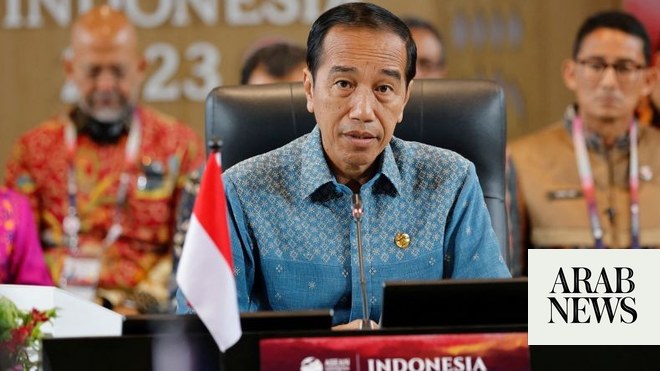
Walk down any commercial street in the Libyan capital Tripoli and the pavements will be lined with generators ready to spring into action whenever the mains electricity supply cuts out.
In the decade since the NATO-backed overthrow of longtime ruler Moammar al-Gaddafi, repeated outbreaks of fighting have caused heavy damage to the power distribution network, while there has been virtually no new investment in generating capacity.
On most days, Tripoli residents can expect multiple cuts to the mains supply totaling 12 hours a day.
The hum of generators and the acrid fumes and smoke of diesel fuel have become one of the most hated aspects of daily life in the once-affluent city.
“We’ve put up with this mess for the past 10 years... It has a big impact on our daily lives,” said 23-year-old pharmacist Sufian Zerkani.
“It’s a basic right the state should guarantee.”
Keeping the generators fueled up has become a daily chore for many.
At service stations, pedestrians equipped with funnels and jerrycans for the generators queue alongside motorists.
The destruction and decay has come as a shock in a country that boasts Africa’s largest reserves of oil and gas, and a population of just seven million.
‘Nothing’s changed’
The most recent round of fighting ended with a UN-backed ceasefire last year. That paved the way for peace talks and the formation of a transitional government this March, ahead of elections set for December.
The new peace process has raised hopes that there might be light at the end of the tunnel after a decade of rival governments fighting with the support of shifting alliances of local militias.
But for many, the promise of a return to peace and normality is not coming quickly enough.
“Nothing’s changed -- the promises made by one government after another have never been kept,” said 25-year-old student Nader al-Naas.
In the hottest months, temperatures in Tripoli regularly touch 40 degrees Celsius (104 degrees Fahrenheit).
“It’s a disastrous situation, especially in the summer,” Naas said.
It is worse for those without the means to buy a generator, who sleep outside on rooftops to escape the stifling heat at night.
Basic generators sell for around $470, but more reliable models cost thousands.
Last year’s ceasefire came after forces in Tripoli saw off a year-long offensive by the Libyan National Army (LNA) based in the east.
For a time, the east and its main city Benghazi enjoyed more reliable mains supply than Tripoli and the west.
But as the conflict intensified, it too was forced to adapt to the daily grind of power cuts.
“When there’s no power, we stop work,” said Benghazi mechanic Ali Wami.
“It’s been a week since I was able to carry out any repairs to that vehicle,” he said, pointing to a heavily damaged car.
Nearby, grocery shop manager Osama al-Dalah said the blackouts were bad for profits and bad for staff.
“All these power cuts wear us down, dampen our spirits and lose us money,” he said. “We need a radical solution.”
But while the country basks in a plentiful supply of sunshine, few Libyans are yet to set up solar panels as an alternative source of energy.
Decade of decay
In a recent report, the Libyan Audit Bureau took the state-run General Electricity Company of Libya (GECOL) to task for unfinished projects and investments that “brought nothing to the network”.
A GECOL official told AFP the problem was the infrastructure, which has been “decaying for 10 years and requires extensive maintenance.”
During the abortive 2019-20 assault on Tripoli by LNA forces, hundreds of high-tension lines serving the capital and its suburbs were destroyed.
Foreign firms pulled out fearful for the safety of their employees, delaying the construction of new generating capacity. Thieves pulled out the distribution cables to scavenge copper wire.
Generating capacity from oil and gas power stations of between 5,000 and 5,500 megawatts falls well short of the demand of 7,000 MW in winter and 8,000 MW in summer, the GECOL official said.
Two new power stations are under construction by a German-Turkish consortium in Tripoli and in Libya’s third city Misrata. They are expected to add 1,300 MW of capacity to the grid in the first quarter of next year.
A third new power station, in Tobruk in the far east of Libya, is scheduled to follow.












